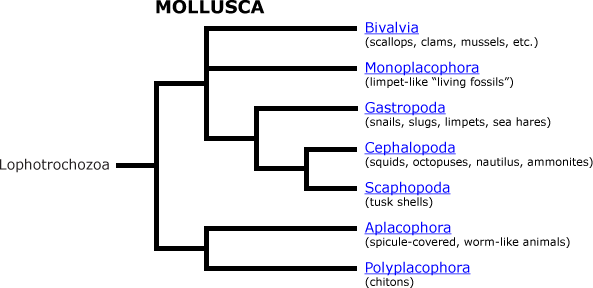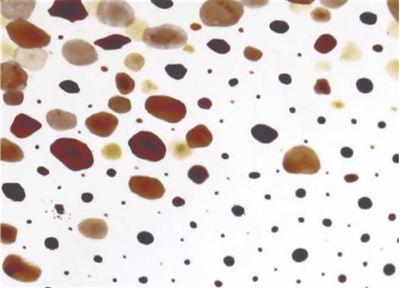I am completely fascinated by squid and their evolution. Unbelievably, squid are related to snails. Like snails, squid are mollusks (molluscs). Other mollusks are slugs, clams, oysters, mussels, scallops, octopi, cuttlefish, nautili, and many others. Squid, despite their humble origins and kinship, are considered one of the most intelligent invertebrates in the sea.

Squid evolved about 60 million years ago. A hint into their evolutionary past can be seen within living relatives that share many of the same or similar organs such as a siphon, tentacles, mouthparts (beaks and radula), and even shells (or a remnant of them, e.g. pen). Most mollusks for instance have a radula in the back of their oral cavity. This helps them to grind up food. Squid reveal their ancestral origin with the presence of the pen. This cartilage-like structure provides a rigid structure that is attached bilaterally down the length of the squid’s body. This is a head-nod to its shelled ancestry. Its cousins such as nautili and cuttlefish still have portions of their shells that can be seen internally such as with the cuttlefish's cuttlebone, and externally, as seen in nautili. All gastropods have a tub-like structure or opening that helps with drawing in water or air to breath. The siphon however is actually a modified portion of the mantle that allows the squid to propel through the water.

Genetic and morphological analysis shows where molluscs belong in their family tree.

In the image above, notice how scaphopoda and cephalopoda are closer on the family tree than they are to snails. Some trees differ slightly but they all show that they both share a common ancestor. In fact, check out a Scaphopoda here and you can see why. The image below shows a diagram of its anatomy. If you are at all familiar with squid anatomy, this should absolutely blow you away! The sex organs, digestive organs, anus, mouth, radula, mantle, and even the pseudo tentacles and arms reveal their cousin relationships!

Squid have 8 arms and two tentacles. The tentacles (aka feeding tentacles) are used for grabbing prey while the arms hold the prey in place. Interestingly, genetic evidence suggest that the squid’s arms and tentacles are homologous with the foot portion that we see in bivalves and snails. Squid arms are basically just specialized versions of the muscular part of snails and clams that allow them to move.

If you are ever curious, you can order a squid to dissect. My class ordered some from Carolina Biological. Stay safe with gloves and goggles. Don’t forget the surgical scissors, dissections pins.

In the image above, students hold the buccal bulb of the squid still attached to the esophagus. Its closest cousin has many of the same parts in the exact same place!
Squid and octopi are considered the most intelligent of the mollusks. It is speculated that cephalopod intelligence may have evolved out of predation pressures on themselves as well as the increasing difficulty of them capturing prey also.

Squid are in the class cephalopoda. Like all cephalopods, they are predatory and cannibalistic. They have evolved interesting ways to communicate and blend in with their surroundings. Squid tend to be more open ocean than their octopus cousins and as such, their coloration isn’t as complex as their isn’t much of a background to blend in with; yet, they still possess some amazing adaptations. Squid have chromatophores which are specialized layers of cells which display variations in color based on how much they expand and contract. It is believed that this trait evolved between 70 and 55 million years ago as not all cephalopods have this ability. The colors are used for sexual display, warnings, camouflage, and other forms of communication.

Under the right conditions, cephalopods may one day evolve to have higher intelligence, complex language, and culture.

Thank you for reading! Here’s one of my favorite videos about these amazing creatures.
Giant Squid (Architeuthis) footage, January 27, 2013
Header image source: Disney / Pixar Studios – Finding Dory
